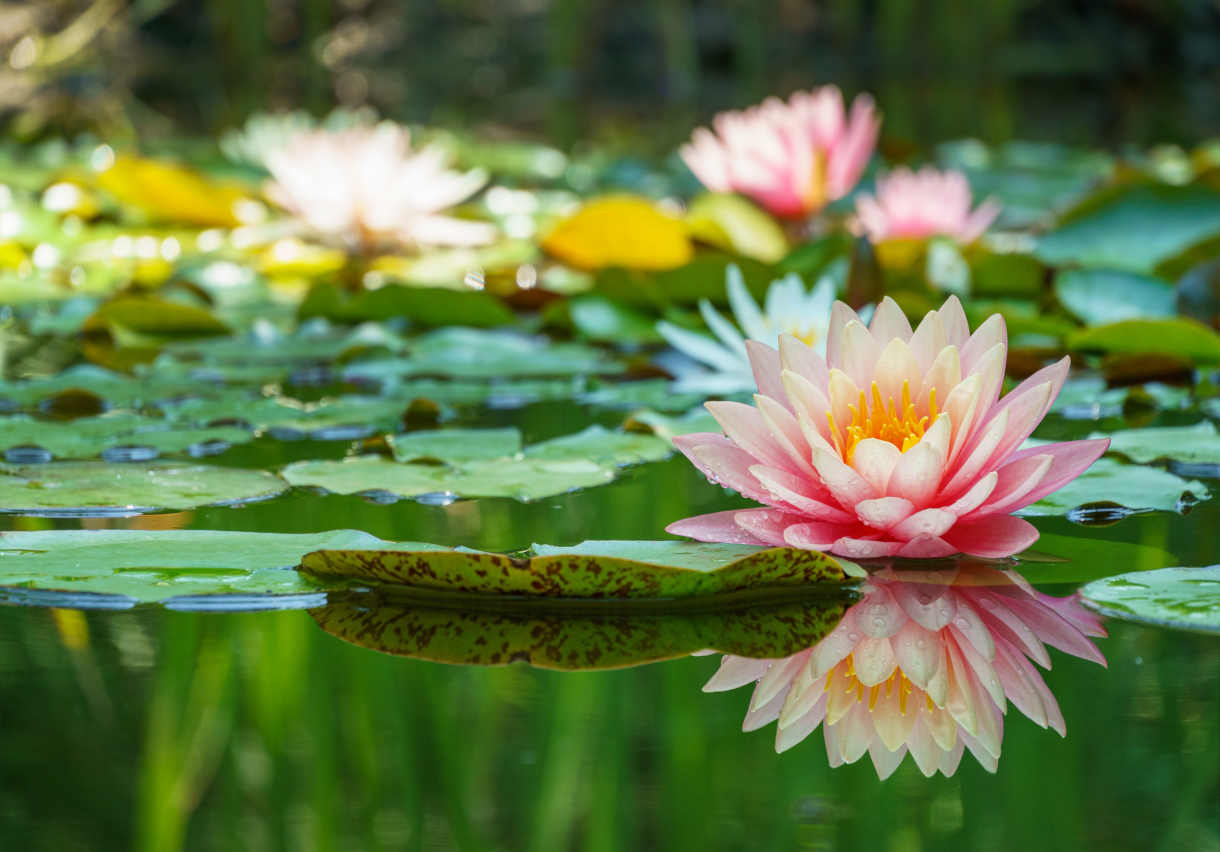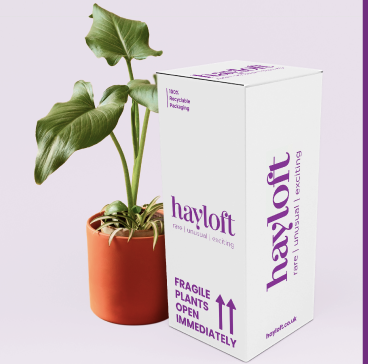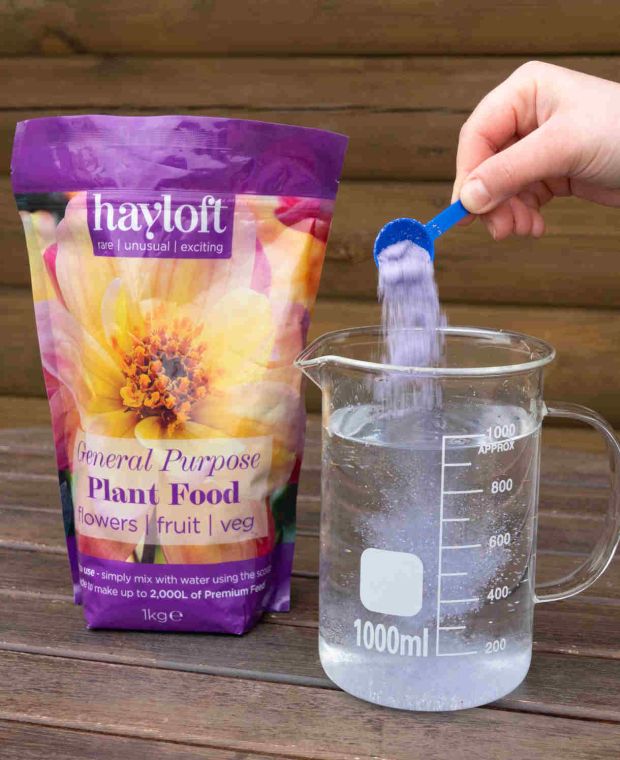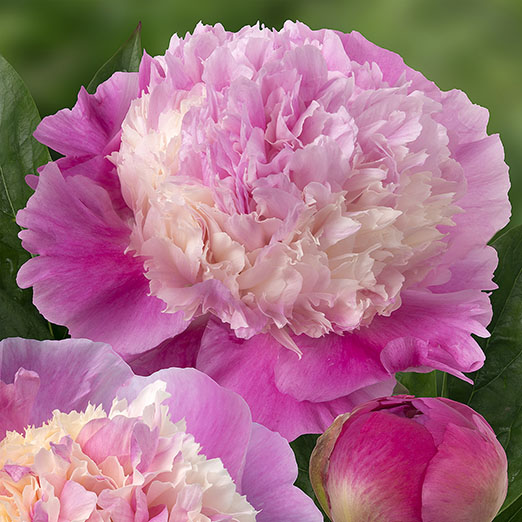How to grow Nymphaea
Known to many as the water lily and much loved for its magnificent flowers which are borne throughout the summer. Plants are vigorous aquatic perennials of which we currently supply the only variety which is native to the UK – Nymphaea alba, the white water lily. Foliage is rounded and dark green growing to as much as 30cm across and is often red-green coloured underneath. The flowers commence as cup-shaped and then open out to star-shaped with multiples of pointed petals and prominent golden stamen. Blooms are followed by berry like fruits which are submerged beneath the water.
Nymphaea’s basic needs are still water and full sun. Make sure you choose the right waterlily for your pond – there are several types, and each requires a specific planting depth. Also remember to lift any tender waterlilies and keep them somewhere frost free over winter. Plants form an important part of a balanced aquatic ecosystem – offering shade and protection to fish – and a vital place to hide from herons. Blooms also attract pollinating bees.
Both foliage and flowers will float upon the surface of a pond with the roots and stems which anchor plants retained beneath the water level at ground level beneath. A deciduous beauty which holds its leaves over spring and summer then becomes dormant over autumn and winter – returning again the following spring. Grows to a height of around 10cm, with a spread of up to 1.5 metres over 2 to 5 years. Nymphaea alba has a planting depth of 45cm to 1.5 metres. Prefers full sun and a south or west facing aspect. A hardy (H5) aquatic perennial which needs poorly drained clay or loam soil in order to thrive.
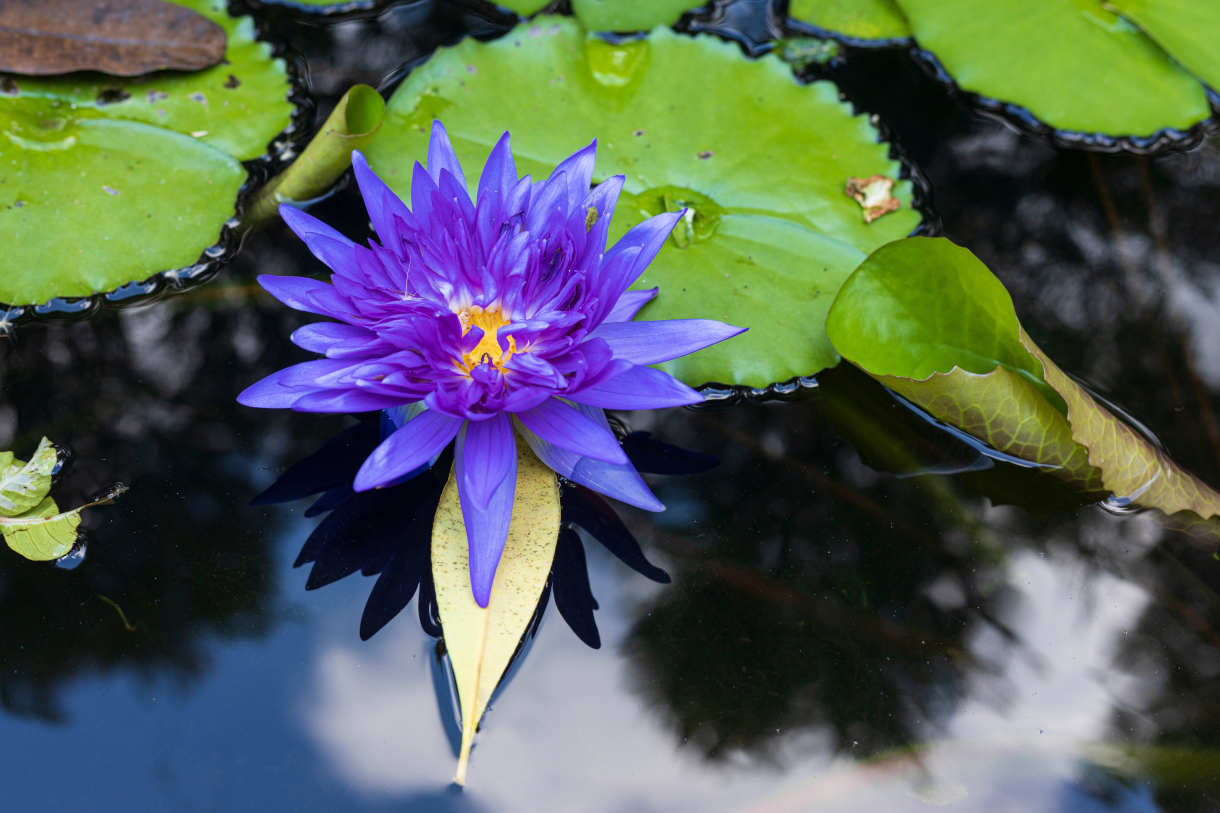
Zantedeschia is a genus of flowering plants from the family Araceae and is native to southern Africa. With a rich history dating back to the Ancient Romans, these deciduous or semi-evergreen perennials have been used as a symbol of celebration. Zantedeschia was Named after Professor Giovanni Zantedeschia, an Italian botanist.
There are two main forms of Zantedeschia: hardy and tender. Hardy forms of the plant can be grown outdoors, enjoy moist soil and full sun or partially shaded conditions - these are known as Arum lilies. Tender forms of Zantedeschia prefer being grown in containers or pots and should be brought inside over the winter - these are known as Calla lilies.
With tuberous flora in all colours from whites, yellows and oranges to deep reds and purples, Zantedeschias are not to be overlooked in any garden, as long as they have sufficient sunlight to grow in.
Ready to learn more about growing Zantedeschia? Read on for all there is to know...
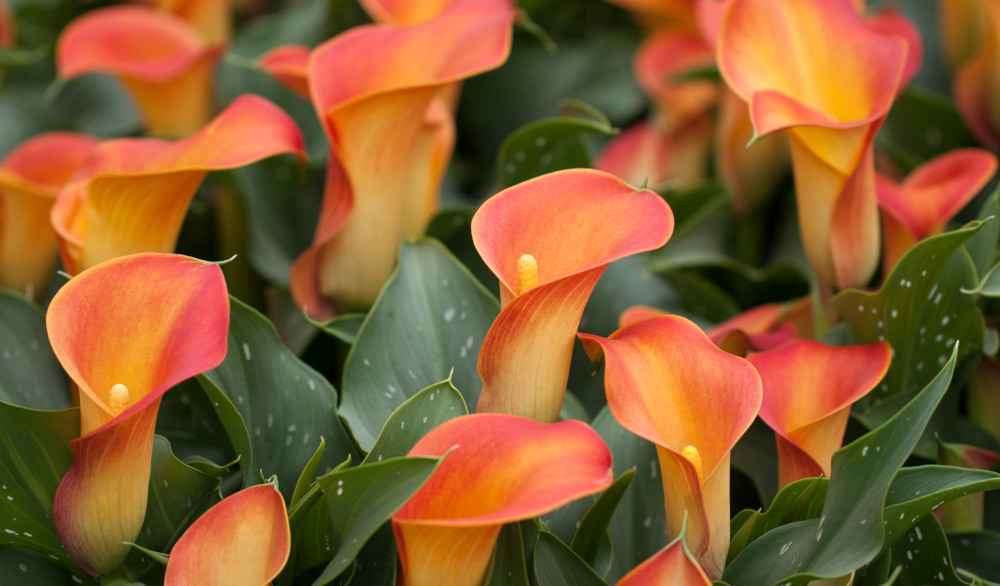
Key Information
Soil pH
Position
Hardiness

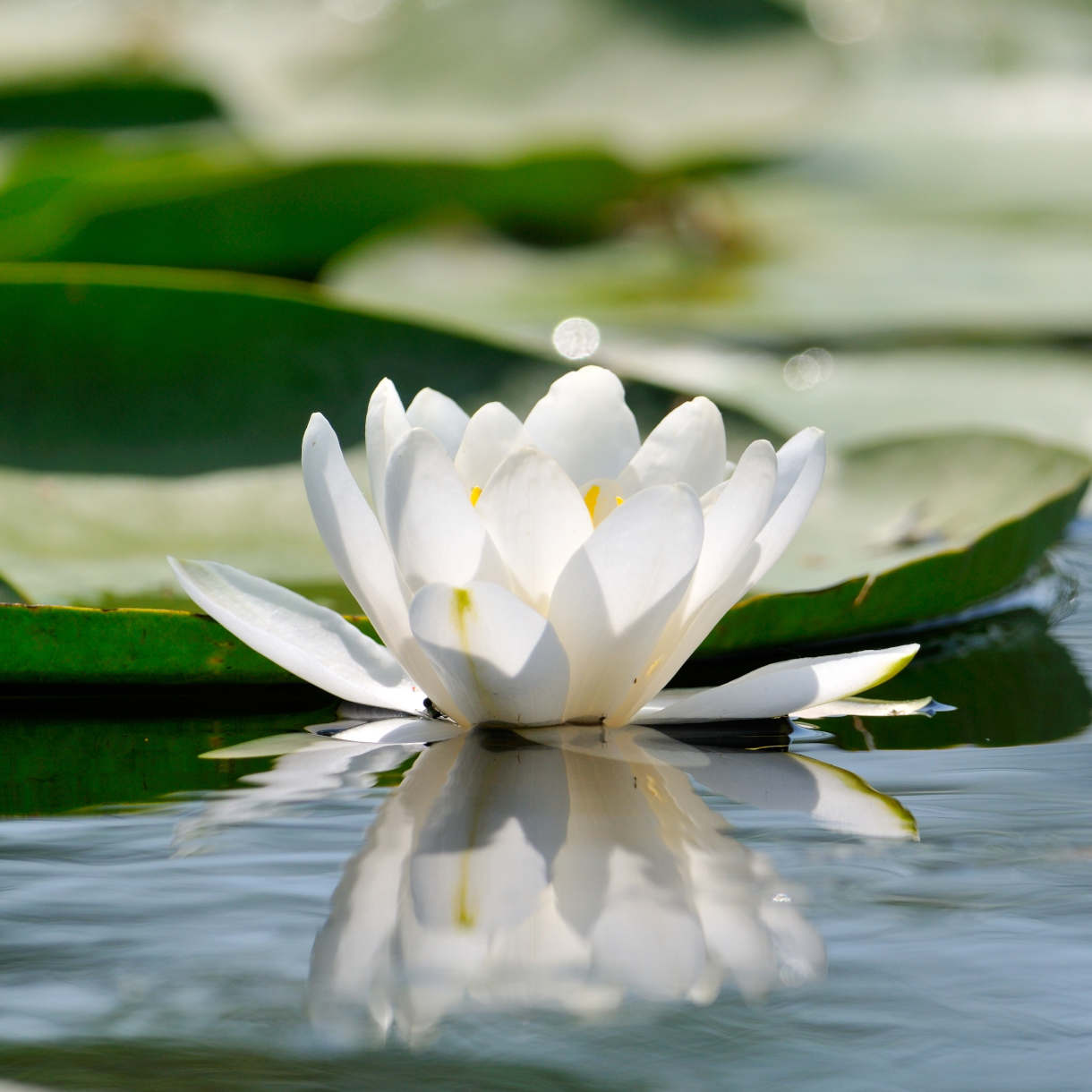
Where & when to plant Nymphaea
Position - Full sun and a south or west facing aspect
Soil - Clay or loam based aquatic soil or compost
Flowering Period - June to August
Hardiness - Hardy to -10 to -15°C
Plant Nymphaea at any time between April and September, making sure you have chosen the right size for your pond. As a rule of thumb large waterlilies should sit 75cm below the surface; medium waterlilies 50cm below and small waterlilies 20cm below. Plant them too deep and they are unlikely to flower, too shallow and they will die. If your pond is too deep for your waterlily to grow successfully, add bricks to create a raised ledge which gives the ideal depth taking great care not to pierce the liner, if you have one.
For ponds with a liner and not a soil bottom, plant your nymphaea in an aquatic basket. Line the basket with a piece of hessian and fill it three quarters full of aquatic compost. Place the nymphaea rhizome in the basket and cover with more compost, ensuring that the crown is at soil level. Top off with a layer of lime-free pea gravel to stop the compost floating up to the surface.
When planting your nymphaea, don't plant it at its final depth straight away, as this can shock and kill the plant. Initially, place it about 20cm below the surface – preferably on a 'plinth' of bricks – and then gradually remove lower the depth, by removing bricks, over the next month or so.
About 10 days after planting your nymphaea, you should see new leaves appearing at the surface. If you don’t you may have planted the waterlily too deeply and you should adjust accordingly.
In autumn, trim back dead foliage of hardy waterlilies and let them die back to the bottom of the pond.
How to plant Nymphaea
Plant Nymphaea at any time between April and September, making sure you have chosen the right size for your pond. As a rule of thumb large waterlilies should sit 75cm below the surface; medium waterlilies 50cm below and small waterlilies 20cm below. Plant them too deep and they are unlikely to flower, too shallow and they will die. If your pond is too deep for your waterlily to grow successfully, add bricks to create a raised ledge which gives the ideal depth taking great care not to pierce the liner, if you have one.
For ponds with a liner and not a soil bottom, plant your nymphaea in an aquatic basket. Line the basket with a piece of hessian and fill it three quarters full of aquatic compost. Place the nymphaea rhizome in the basket and cover with more compost, ensuring that the crown is at soil level. Top off with a layer of lime-free pea gravel to stop the compost floating up to the surface.
When planting your nymphaea, don't plant it at its final depth straight away, as this can shock and kill the plant. Initially, place it about 20cm below the surface – preferably on a 'plinth' of bricks – and then gradually remove lower the depth, by removing bricks, over the next month or so.
About 10 days after planting your nymphaea, you should see new leaves appearing at the surface. If you don’t you may have planted the waterlily too deeply and you should adjust accordingly.
In autumn, trim back dead foliage of hardy waterlilies and let them die back to the bottom of the pond.
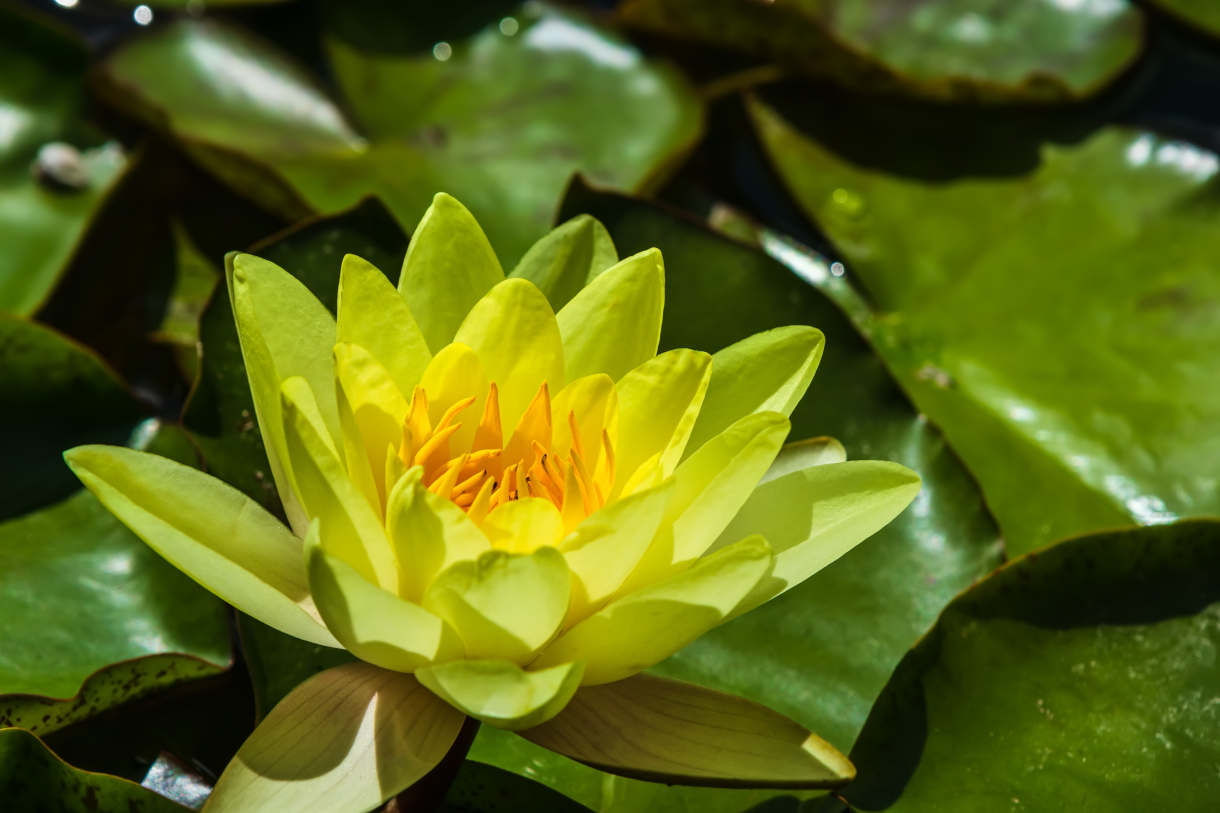
What to plant with Nymphaea
For pond plants themselves this depends upon the size of your pond and whether you are creating a fishpond or a wildlife pond. We have a wide range available, including some excellent marginals which will frame your pond and encourage bees, butterflies and other pollinators to visit. You may even be lucky enough to attract some more elusive damsel and dragon flies. We would recommend; astilboides, gunnera, astilbe, primula and chelone
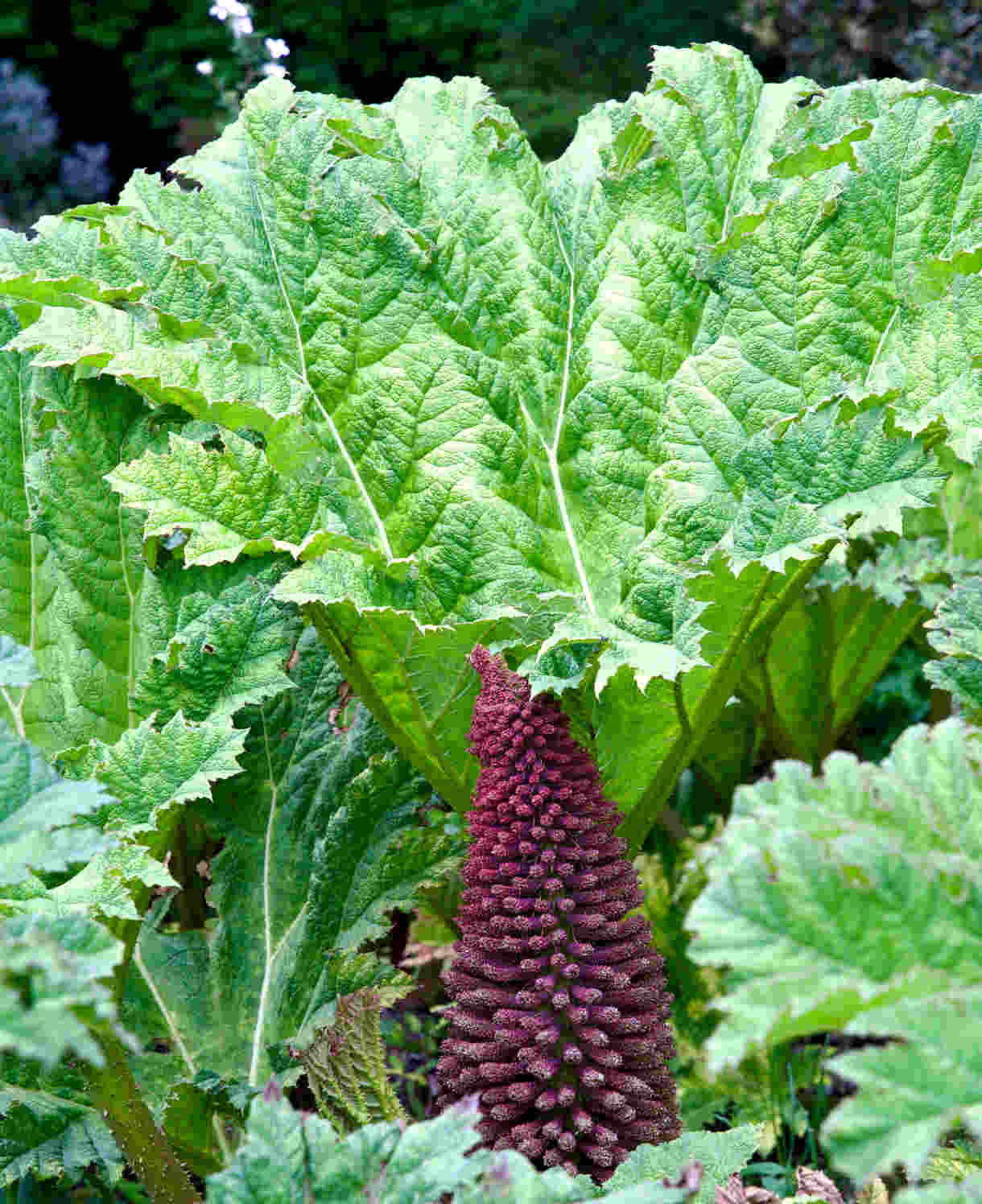
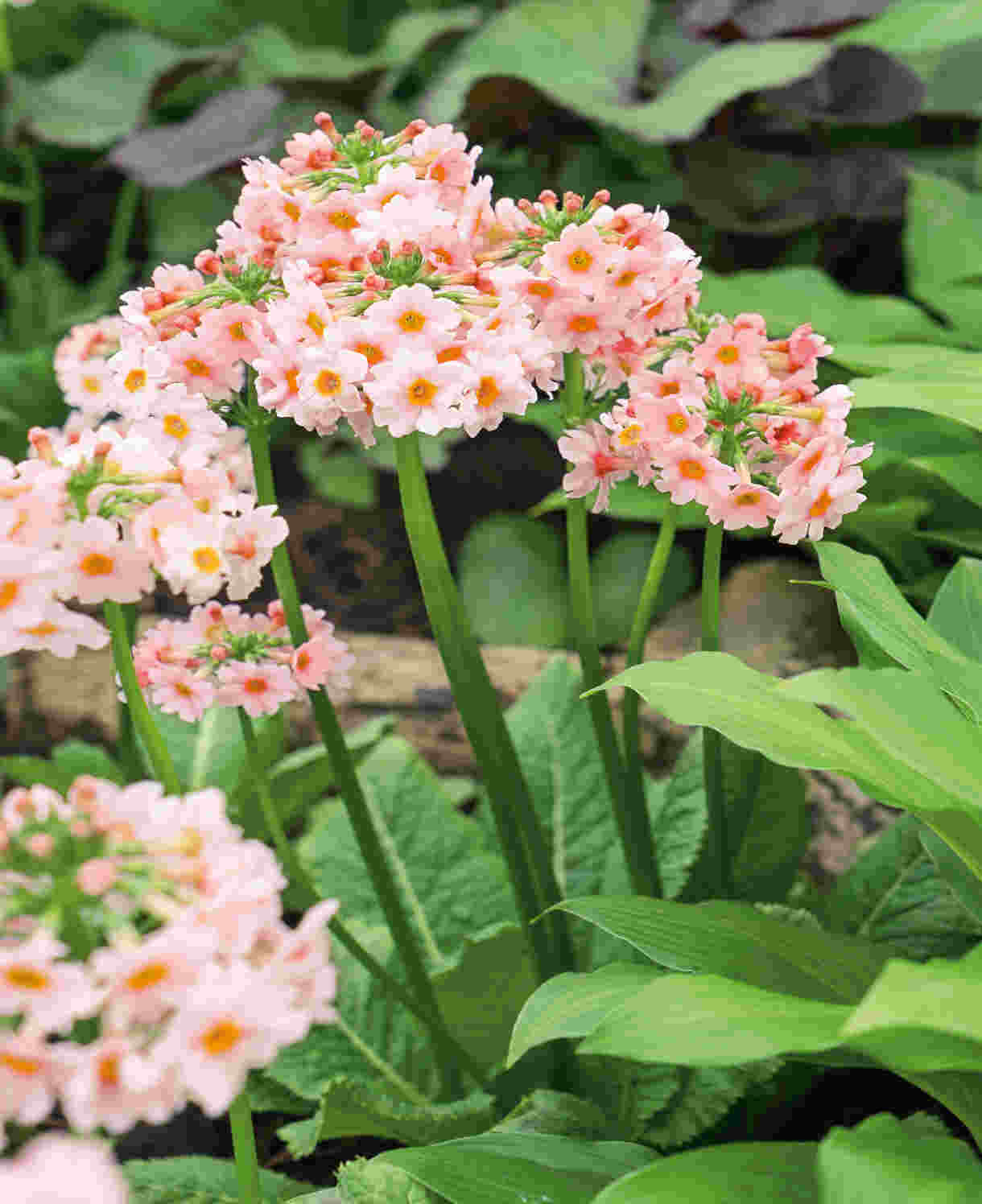
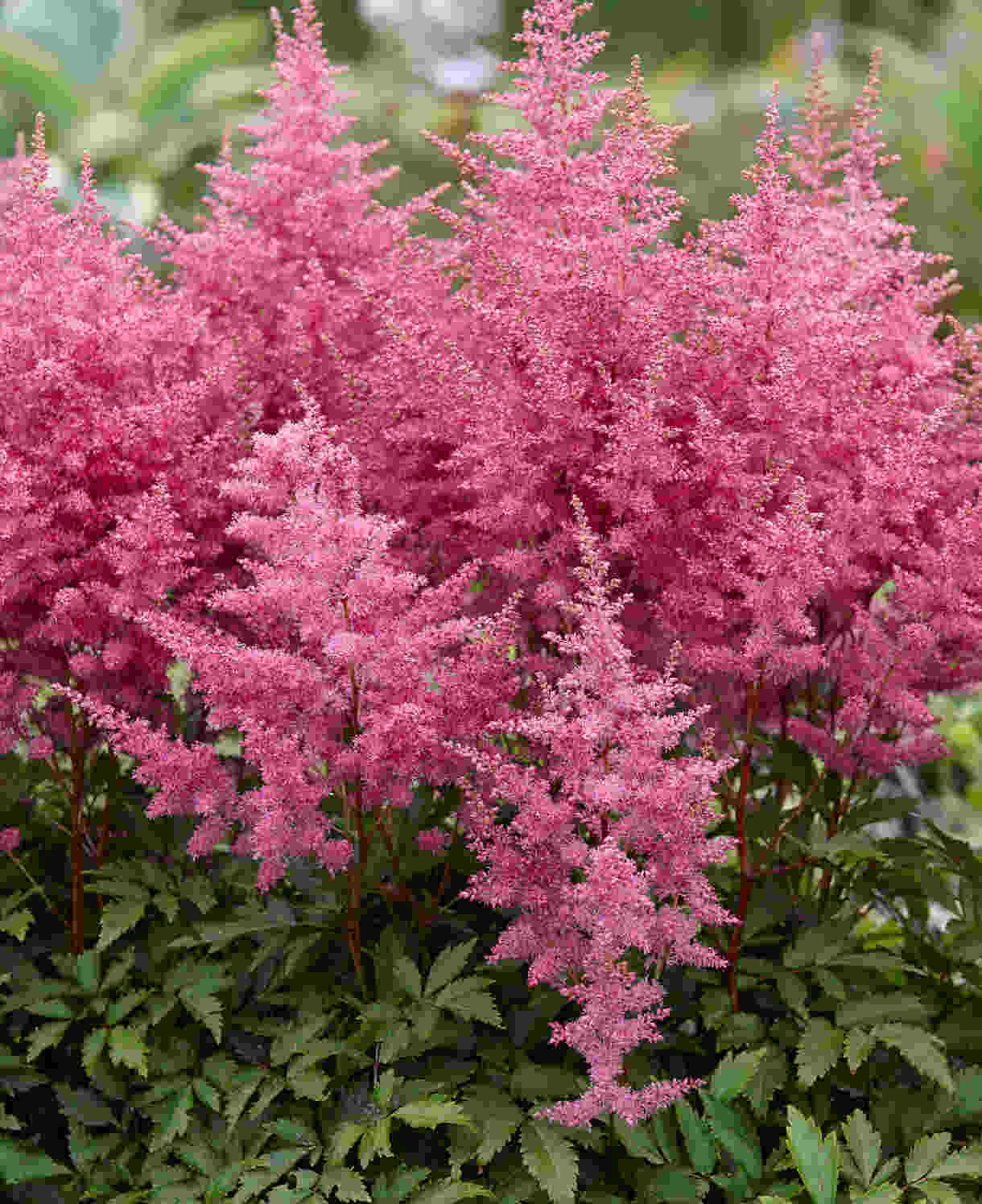
How to care for Nymphaea
Pruning and Deadheading
Deadhead and remove spent leaves regularly
Cold Protection
None required as Nymphaea alba is H5 hardy and can tolerated temperatures down to -10 to -15°C.
Pests and Diseases
Susceptible to water-lily beetle, water lily aphid, brown china-mark moth and false leaf-mining midge. Also, may be affected by crown rot, brown spot and water lily leaf spot.
How to propagate Nymphaea
Propagate by division of rhizomes or offsets in summer, place pots in shallow water until established
1. Lift plants gently and wash off any existing soil to give a clear view of the crown.
2. Dependent upon size you can either tease the crown into sections or use two garden forks inserted into the crown back-to-back to lever the crown apart into two or more sections. Alternatively use a sharp knife or lawn edging iron to cleave the clump in two.
3. Aim to produce clumps containing three to five healthy shoots
4. Discard old, damaged, or surplus pieces, keeping healthy, vigorous material.
5. Replant decent-sized pieces into baskets as per ‘how to plant’ instructions.
6. Position divided plants in shallow water to establish then, once a good root and leaf structure is established, treat as before by altering plant depth over time.
Common Nymphaea Questions
· Are Nymphaea poisonous?
Reports suggest that the plant is poisonous as it containes contains the toxic alkaloids nupharine and nymphaeine. These substances have an effect on the nervous system. Water lilies are not true lilies. They are not poisonous to cats but still can be poisonous to dogs but only if ingested in large amounts. However, to be sure, we advise you check which specific species you are dealing with.
· Will my fish eat Nymphaea?
Waterlilies and Koi, or carp in general, are not always a successful combination. Carp fish feed from the bottom of ponds so may eat the new growth from waterlilies and pond plants.
You could try securing an upturned empty hanging basket over the top of your waterlily pot. This prevents fish grazing on newly emerging leaves while they are still quite tender. As the leaves develop under the water they can push up through the gaps of the hanging basket by which time they have hopefully matured enough to not be of interest to your fish.
